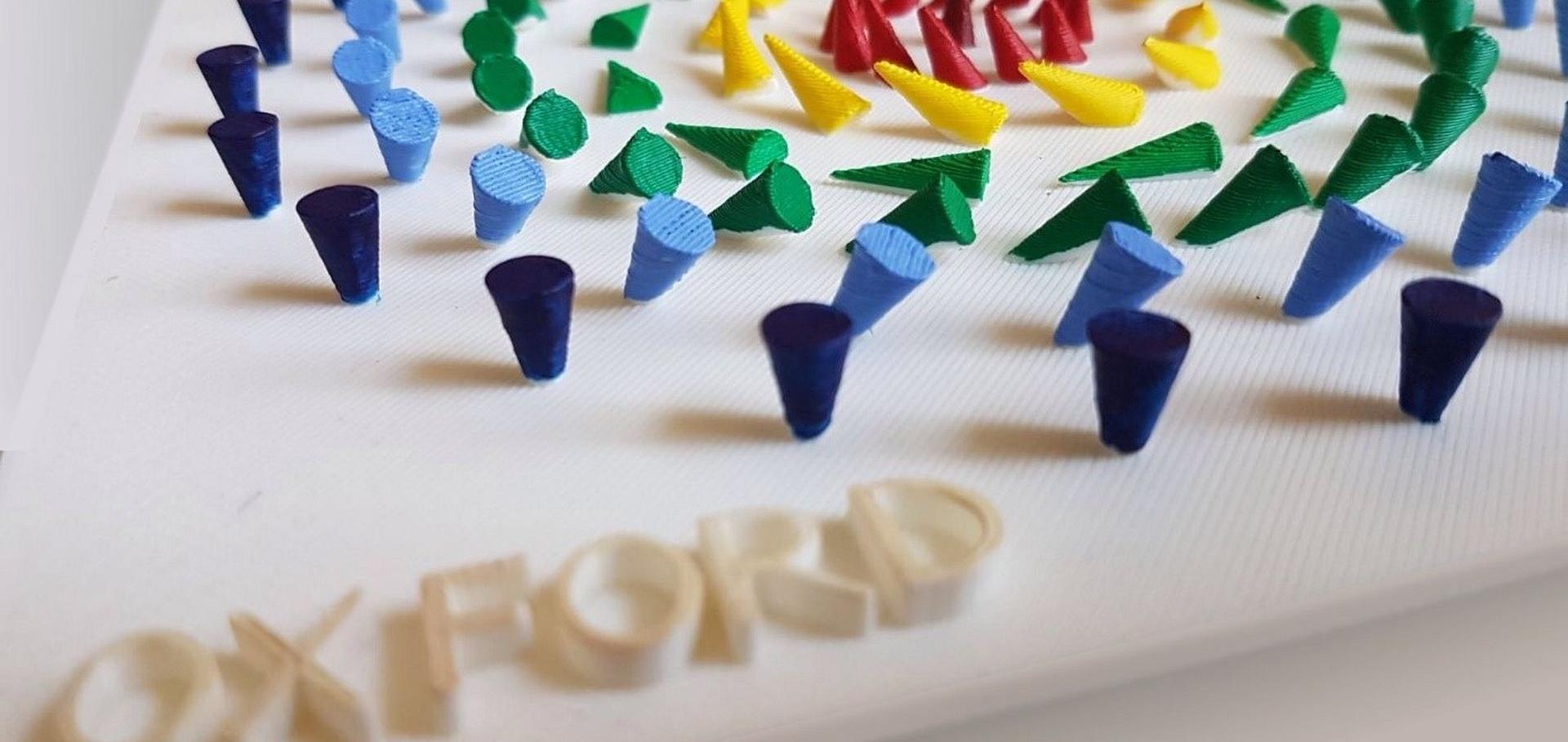X-ray detected ferromagnetic resonance techniques for the study of magnetization dynamics
(2023)
Study of magnetic correlations in the magnetic topological insulator (Cr,Sb)2Te3
Physical Review B: Condensed Matter and Materials Physics American Physical Society 106 (2022) 224425
Abstract:
Chromium-doped Sb2Te3 is a magnetic topological insulator (MTI), which belongs to the (Sb,Bi)2(Se,Te)3 family. When doped with the transition metals V, Cr and Mn this family displays long-range ferromagnetic order above liquid nitrogen temperature and is currently intensely explored for quantum device applications. Despite the large magnetic ordering temperature, the experimental observation of dissipationless electrical transport channels, i.e., the quantum anomalous Hall effect, is limited in these materials to temperatures below ∼2 K. Inhomogeneities in the MTI have been identified as a major concern, affecting the coupling between the Dirac states and the magnetic dopants. Nevertheless, details on the local magnetic order in these materials are not well understood. Here, we report the study of the magnetic correlations in thin films using a combination of muon spin relaxation, and magnetic soft x-ray spectroscopy and imaging. µSR provides two key quantities for understanding the microscopic magnetic behavior: The magnetic volume fraction, i.e., the percentage of the material that is ferromagnetically ordered, and the relaxation rate, which is sensitive to the magnetic static (∼µs) and dynamic disorder. By choosing different implantationdepths for the muons, one can further discriminate between near-surface and bulk properties. No evidence for a surface enhancement of the magnetic ordering is observed, but, instead, we find evidence of small magnetically ordered clusters in a paramagnetic background, which are coupled. The significant magnetic field shift that is present in all samples indicates a percolation transition that proceeds through the formation and growth of magnetically ordered spin clusters. We further find that fluctuations are present even at low temperatures, and that there appears to be a transition between superparamagnetism and superferromagnetism.Polarization analysis by means of individual soft x-ray absorption spectra of rare earths
Physical Review B American Physical Society (APS) 106:21 (2022) 214423
Tailoring the magnetic exchange interaction in MnBi2 Te4 superlattices via the intercalation of ferromagnetic layers
Nature Electronics (2022)
Abstract:
The intrinsic magnetic topological insulator MnBi2Te4 (MBT) provides a platform for the creation of exotic quantum phenomena. Novel properties can be created by modification of the MnBi2Te4 framework, but the design of stable magnetic structures remains challenging. Here we report ferromagnet-intercalated MnBi2Te4 superlattices with tunable magnetic exchange interactions. Using molecular beam epitaxy, we intercalate ferromagnetic MnTe layers into MnBi2Te4 to create [(MBT)(MnTe)m]N superlattices and examine their magnetic interaction properties using polarized neutron reflectometry and magnetoresistance measurements. Incorporation of the ferromagnetic spacer tunes the antiferromagnetic interlayer coupling of the MnBi2Te4 layers through the exchange-spring effect at MnBi2Te4/MnTe hetero-interfaces. The MnTe thickness can be used to modulate the relative strengths of the ferromagnetic and antiferromagnetic order, and the superlattice periodicity can tailor the spin configurations of the synthesized multilayers.On the three-dimensional structure of magnetic skyrmions
Physical Review B American Physical Society 106 (2022) 214404


